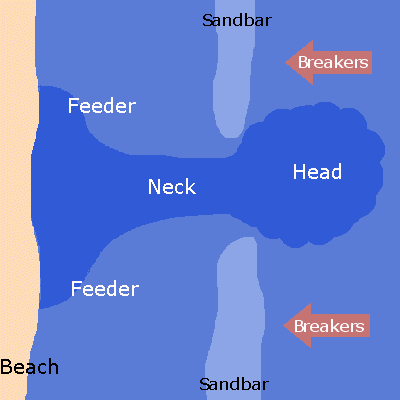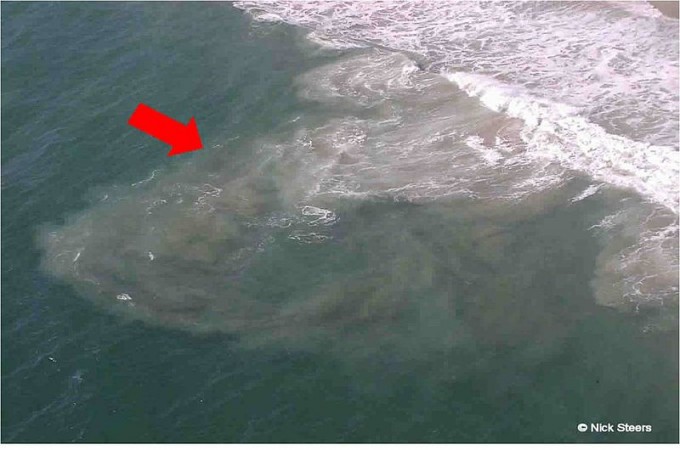 All surfers know that the ocean is not to be messed with. Conditions can change quickly, and often you can be put in danger simply by being caught in the wrong place at the wrong time. Tragically this was the case for a group of surfers in Cornwall this weekend. Seven surfers, including four children were caught in a rip current and swept out to sea.
All surfers know that the ocean is not to be messed with. Conditions can change quickly, and often you can be put in danger simply by being caught in the wrong place at the wrong time. Tragically this was the case for a group of surfers in Cornwall this weekend. Seven surfers, including four children were caught in a rip current and swept out to sea. “Rip currents can move at up to 8 feet per second, that’s faster than an Olympic swimmer”
Unfortunately three of the group were found by unconscious in the water, and later died after being airlifted to a local hospital by the lifeguard service. The four children were found on the beach after they were able to swim to shore. Rip currents appear frequently and can occur anywhere without warning. Before you head out to the beach for a day in the swell, here is the Mpora guide on how to avoid rip currents and what to do if you get caught in one…
What is a rip current?
Rip currents can be found at any beach where waves are breaking. Water being pushed to shore by the waves flows together into one distinct place of the beach, and needs to find a place to move back out to sea. The water then moves at a right angle directly out to sea away from the beach. This thin current of water can move at up to 8 feet per second (faster than an Olympic swimmer), before the flow loses power and dissipates further away from the shore.

Avoiding rip currents
Before you head out there are couple of things you should do to prepare yourself for what the conditions will be like…
- Check the forecast. As well as showing you how big the waves you’ll be riding are, surf forecast sites like magicseaweed.com also give rip current outlooks. With a three-tiered set of low, moderate and high risk warnings, even the most clueless of surfers can get get the idea when they should just stay home in front of the telly.
- Get to know what rip currents look like. Look out for a choppy channel of water that moves with a churning motion. You will be able to see a line of seafoam, seaweed or debris moving out to sea. This channel will disrupt the pattern of the waves that takes the appearance of a flat spot between the breakers.

Getting caught in a rip current
If the worst does happen and you find yourself getting swept out to sea, don’t panic! Help is at hand, here our our top five tips on how to escape to surf another day…
- If you can, swim parallel to the beach. Rip currents are rarely that wide so you have a chance of escaping out of the side of the channel’s flow.
- If the water is not too deep, try and keep your feet on the ground. It may seem obvious, but anchoring yourself to the ground can be the last thing you think of when all you want to do is swim away.
- Keep calm. Rip currents can be seriously strong, swimming against them can be pointless. Remember that rip currents will not pull you underwater, only out to sea. So keep your head above water and ride the current until its power fades.
- Once the rip current has dissipated, swim at a diagonal angle back to shore to avoid being dragged back in.
- Draw attention to yourself. Shout, wave your arms, do anything you can to get someones attention who may be able to inform a lifeguard.
So now you know, rip currents are dangerous, but these dangers can easily be avoided if you know what your doing. So listen to our tips, check the forecast and go surf!
You Might Also Like:
No Waves? No Problem. This Guy Can Turn Any Beach Into A Surfing Nirvana. He Just Needs £50,000… This Ultra-HD Indoor Surfing Edit Is So Stunning You Can Almost Smell The Chlorine
